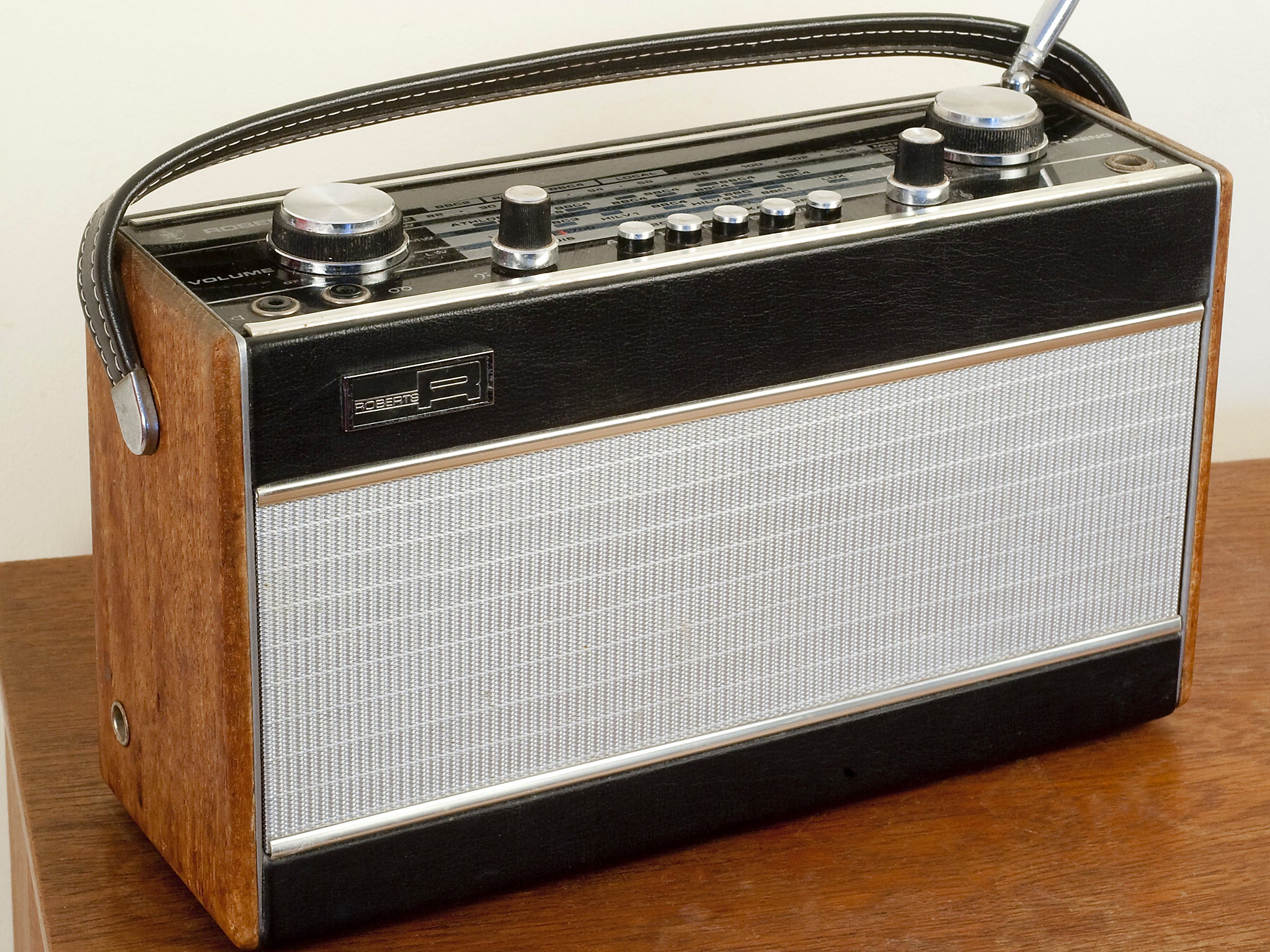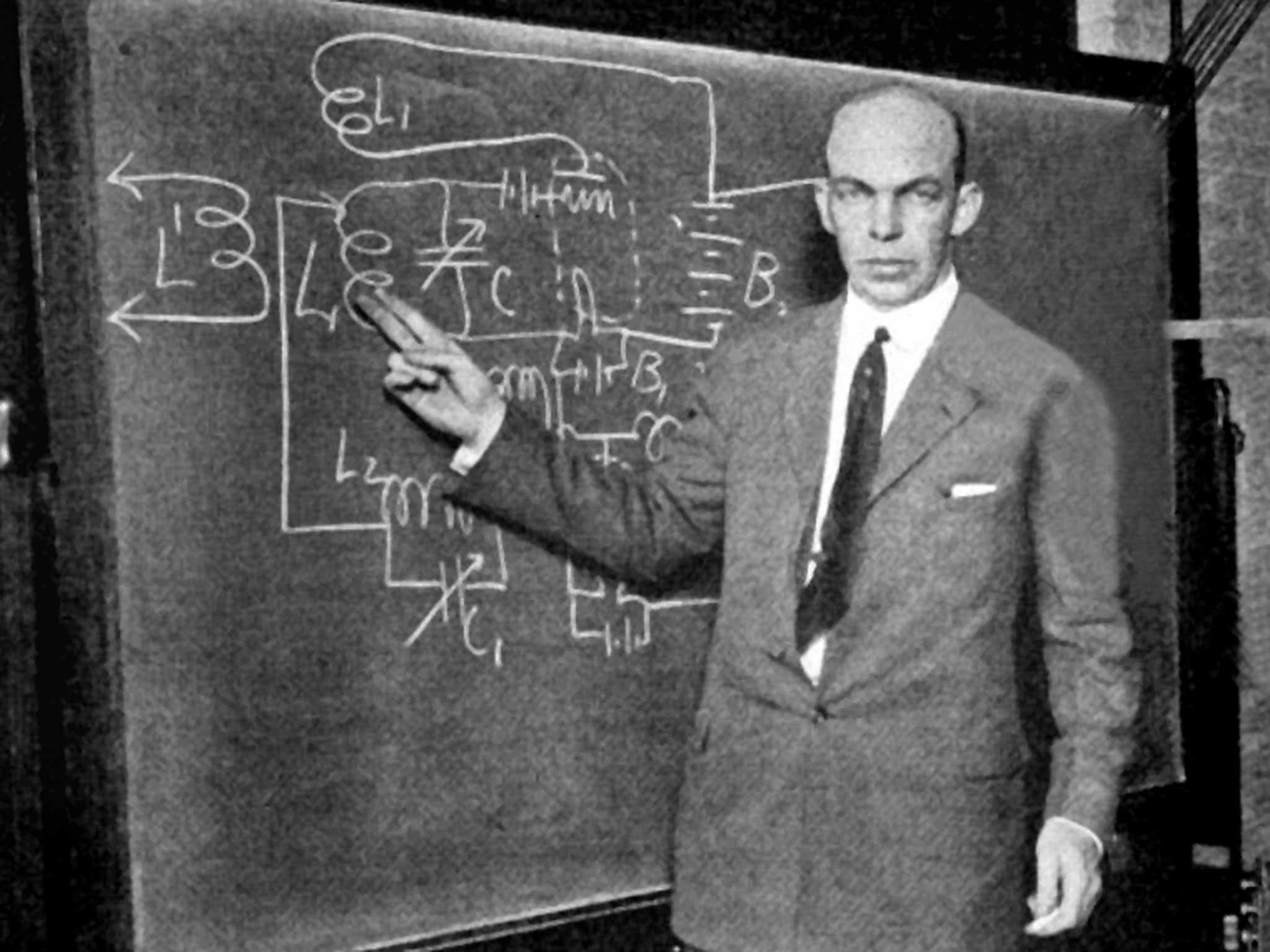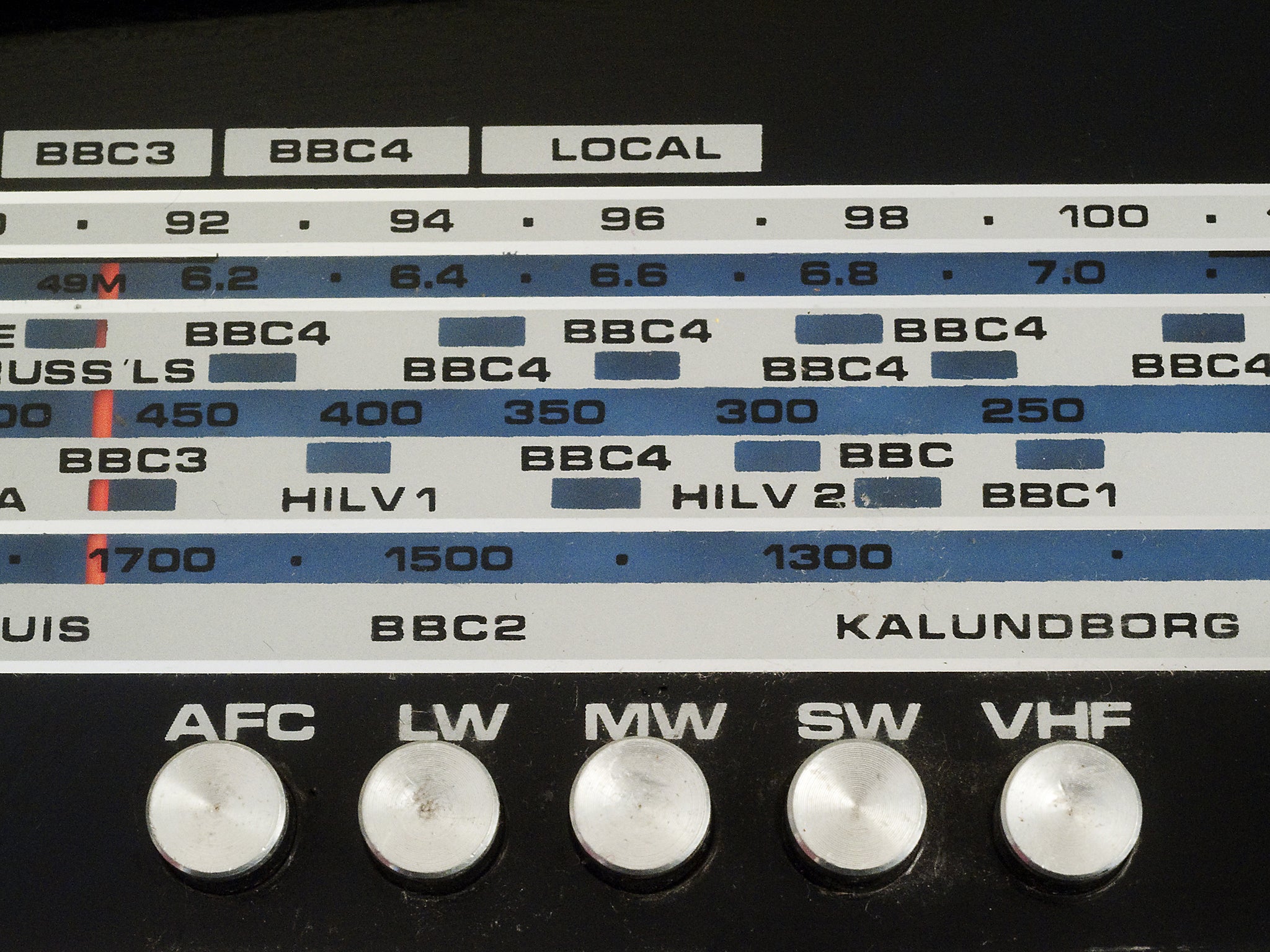Silencing the static: An obituary of FM radio
It has died before ... but this time it’s probably for keeps

Your support helps us to tell the story
From reproductive rights to climate change to Big Tech, The Independent is on the ground when the story is developing. Whether it's investigating the financials of Elon Musk's pro-Trump PAC or producing our latest documentary, 'The A Word', which shines a light on the American women fighting for reproductive rights, we know how important it is to parse out the facts from the messaging.
At such a critical moment in US history, we need reporters on the ground. Your donation allows us to keep sending journalists to speak to both sides of the story.
The Independent is trusted by Americans across the entire political spectrum. And unlike many other quality news outlets, we choose not to lock Americans out of our reporting and analysis with paywalls. We believe quality journalism should be available to everyone, paid for by those who can afford it.
Your support makes all the difference.It marked the beginning of the end of an era. In January, Norway began transitioning from analogue to digital radio broadcasting (DAB). This means that FM radio broadcasting infrastructures across the Nordic country are being systematically turned off. Between now and 13 December 2017, the electromagnetic spectrum bands assigned to FM (approximately 88-108MHz) will be returned, more or less, to a blend of silence and static, along with the thousands of Norwegian radio listeners whose analogue receivers will be rendered rapidly “vintage”.
Norway is the first country in Europe to switch off FM transmissions, a move which has been described by some as a “massive experiment”, risking the loss of older radio listeners without ensuring the recruitment of younger ones. But similar switch-offs could now occur more widely.
Either way, the blend of static and silence in Norway serves as a sound metaphor for processes of technological change on the radio scene. John Cage’s composition “Imaginary Landscape No. 4”, performed in 1951, stands as a poetic anecdote that can help us to imagine the effect of the digital switch-over for FM radio listeners in Norway – and likely before long, the rest of the world.
Devised for 12 analogue radios, this improvised composition involved two operators per radio who would control the volume (loud to soft), tune into radio stations (probably on Long Wave), and determine the duration of any found sounds. The expectation for this piece when performed was that it would be noisy: a cacophony of music, voices and commercials broadcast over analogue radio sets.
Due to a scheduling error, however, the original performance of Imaginary Landscape No. 4 happened after 11pm, a time when, in 1951, there was very little content being broadcast on the radio. The result was a multi-layered composition of silence and static. For Cage, this was serendipitous, reflecting a philosophy of error as radically creative. As 2017 unfolds, Cage-like non-broadcasts of silence and static will extend across Norway, signalling for many the “death” of FM radio.
Through the wars
FM radio, however, has died a death before. As a communications technology it has quite literally “been through the wars”. FM, frequency modulation, was invented by American engineer Edwin H. Armstrong just before World War II. While acknowledged by the engineering world in America as a uniquely talented scientist and inventor whose pioneering work made radio broadcasting a reality, his professional life was pervasively disrupted by litigation over his patents, to his own fatal undoing.

In the early days of radio, broadcasts were made using Amplitude Modulation (AM), a process vulnerable to interference from extreme weather conditions like thunder and lightening, and from other electrical devices. Radio broadcasters of 1920s America, for example, had already become fatalistic about their medium, with one engineer affirming that “static, like the poor, will always be with us”.
According to historian Erik Barnow, Armstrong was challenged to invent FM by the president of the Radio Corporation of America (RCA), David Sarnoff, who asked him: “Why don’t you come up with a little black box to eliminate static?” Armstrong rose to the challenge, and after a number of years devised an FM system of broadcasting that would rival RCA’s AM radio.
Sarnoff gave Armstrong space at the top of the Empire State Building to experiment with his FM system and demonstrate its value. Engineer Loren Jones recalls his first encounter with FM broadcasting:
“Sarnoff asked three of us to witness the demonstration and explain it. So we went to Armstrong’s laboratory and, well, the demonstration was quite simple. When he turned on the AM transmitter and receiver, the music came through loud and clear. When he turned on the interference device, the music was hardly acceptable, it was full of noise. Then he turned on the FM transmitter and receiver, the music came through loud and clear. And when he turned on the interference device, the music still came through loud and clear. And we were, frankly, flabberghasted.”
While Sarnoff had hoped for a “little black box” that could adapt and improve the existing AM system of broadcasting, Armstrong had revolutionised a wholly new system. Up until this point, engineers believed that the best way to limit static was to narrow the broadcast band. But by widening the band and changing the waves’ frequency, Armstrong’s system proved the contrary. To silence the static on the airwaves by implementing FM would mean scrapping millions of existing RCA AM sets. The RCA had already been investing in the development of a different revolutionary medium – television. If anything, it was intended that television that would replace AM radio, and so the RCA did not take on Armstrong’s invention.

Strange premonitions
But FM would not be silenced so easily. Evicted from the Empire State Building by the RCA, his former supporters, Armstrong set about establishing his own FM radio network. In 1937, at Alpine New Jersey, along the Hudson river, Armstrong built a 425ft radio tower.
“The Yankee Network” began broadcasting, and Armstrong sold licences to companies that wanted to build FM receivers. Listeners quickly recognised the static-free broadcast quality and hundreds of thousands bought the new FM radio sets. Observing its appeal to listeners, in 1941 the RCA offered Armstrong a million dollars for the rights to manufacture FM receivers. Though Armstrong had made similar deals with RCA before, this time he refused. The RCA would have to pay the 2% royalty fee for each FM radio set it made, the same as other companies did. This decision may well have triggered the first “death” of FM radio.
For after World War II, when the Federal Communications Committee (FCC) moved to standardise frequency allocations, a controversial lobby was spearheaded by Sarnoff of the RCA to change the frequency of the FM bands, due to the potential mutual interference of signals travelling over long distances.
Despite assertive opposition from Armstrong, the lobby succeeded. FM was reallocated from 40 channels over 42-50MHz to 100 channels over 88-108MHZ. This reallocation effectively put Armstrong’s FM radio sets out of use, precisely what the RCA recognised could happen to their AM radio sets if they had implemented Armstrong’s FM system.
Indeed, the RCA remained an antagonistic force in the latter days of Armstrong’s life. It established its own FM research, developing what it claimed was a non-patent-infringing FM system. In 1948, Armstrong filed suit against the RCA and the National Broadcasting Network for patent infringement and damages. The disruptive and repetitive legal process which ensued generated a life of antipathy and enmity for Armstrong. Some time between January 31 and February 1 1954, embittered and exhausted, Edwin Howard Armstrong stepped out of his 13th storey apartment window and fell to his death.
In a strange premonition of Cage’s “Imaginary Landscape No. 4”, and Norway’s digital switch-over, the original FM radio receivers of the 1930s and 1940s were doomed to pick up just static and silence by the FCC.
Norway’s government is facilitating an industry-driven transition from analogue to digital radio broadcasting, and in the process may incidentally produce thousands of Cage-like analogue radio performances.
Whatever FM radio masts remain broadcasting across Norway’s vast landscapes and waterways, they will likely be attuned to local voices, emergency broadcasts and silence. Cage called silence an “indeterminate noise”. This second death of FM offers listeners a chance to think about and question the pace of industry-led technological change.
Jessica Foley, research fellow and writer-in-residence, CONNECT, The Centre for Future Networks, Trinity College Dublin. This article first appeared on The Conversation (theconversation.com)
Join our commenting forum
Join thought-provoking conversations, follow other Independent readers and see their replies
Comments